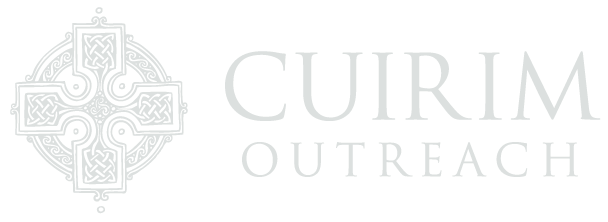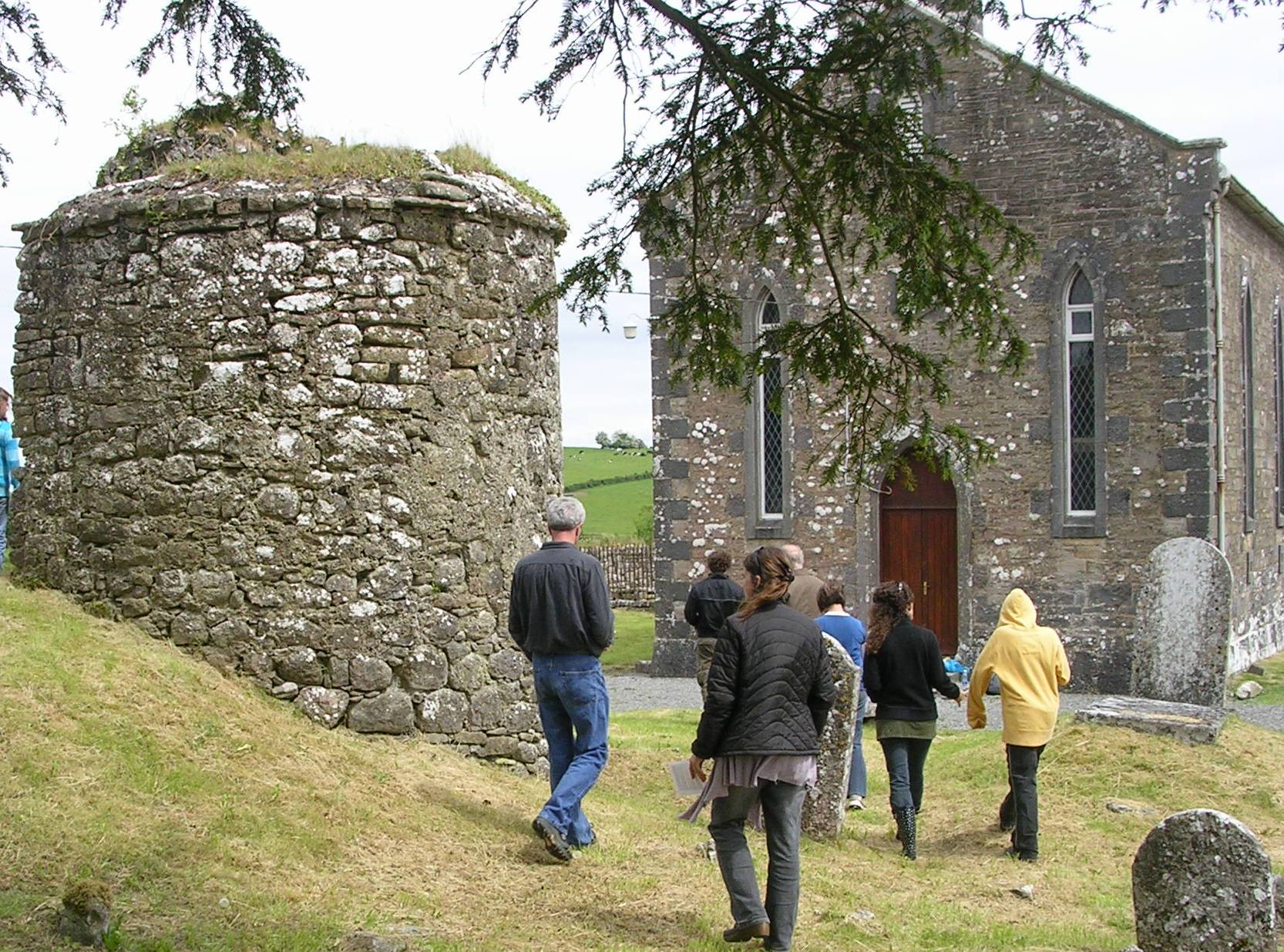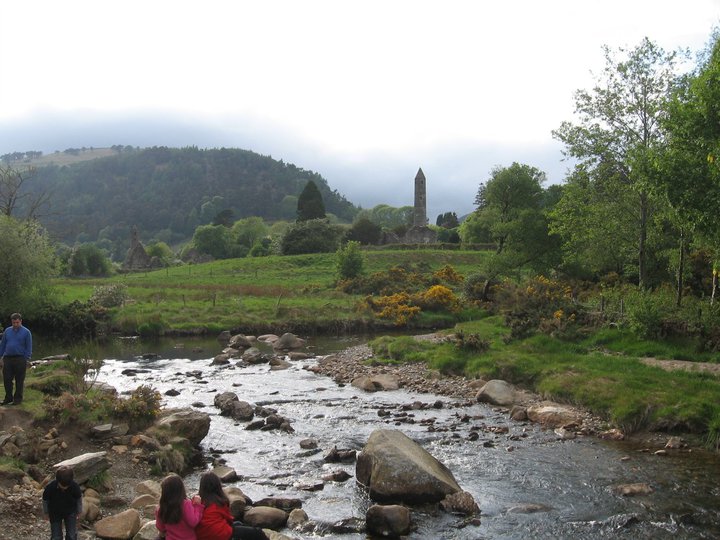A little bit about Irish monasticism
The ideas for our work in Mexico came from studying the Irish monastic movement. If you're interested in a more detailed, historical account, we'll recommend some books. The shortened version is below.
People like St. Patrick came to Ireland around 400 AD. At that time, the Irish lived in nomadic tribes, moving around with their animals. They were illiterate and violent. Since the Roman Empire viewed the Irish as barbarians, leaders like Patrick tried to Christianize them with very little support. Surprisingly, many Irish responded to the gospel, but as they tried to foster Christian community, they ran into some challenges. Rome was falling into decay and couldn't offer instruction or support. Some Irish Christians learned of a man named Anthony who set up monasteries in Africa. This became their model, but with one major difference.
After the conversion of Emperor Constantine, Anthony had moved into the desert to separate himself from what had become a nominal Christian culture. The Irish used the same idea, but they used it as a model for reaching the people, as opposed to getting away from them. Although there are several sites in Ireland set up far away from the people, most monasteries were located on travel routes. By being hospitable to travelers, disciples were added each year. In addition, bookmaking became a primary task in many of these places. Long before the invention of the printing press, Irish believers spent countless hours copying the scriptures and other books by hand in the most ornate and artistic style imaginable. The days were lived in a rhythm of work, study, prayer, and rest: a model we follow at Cuirim House.










